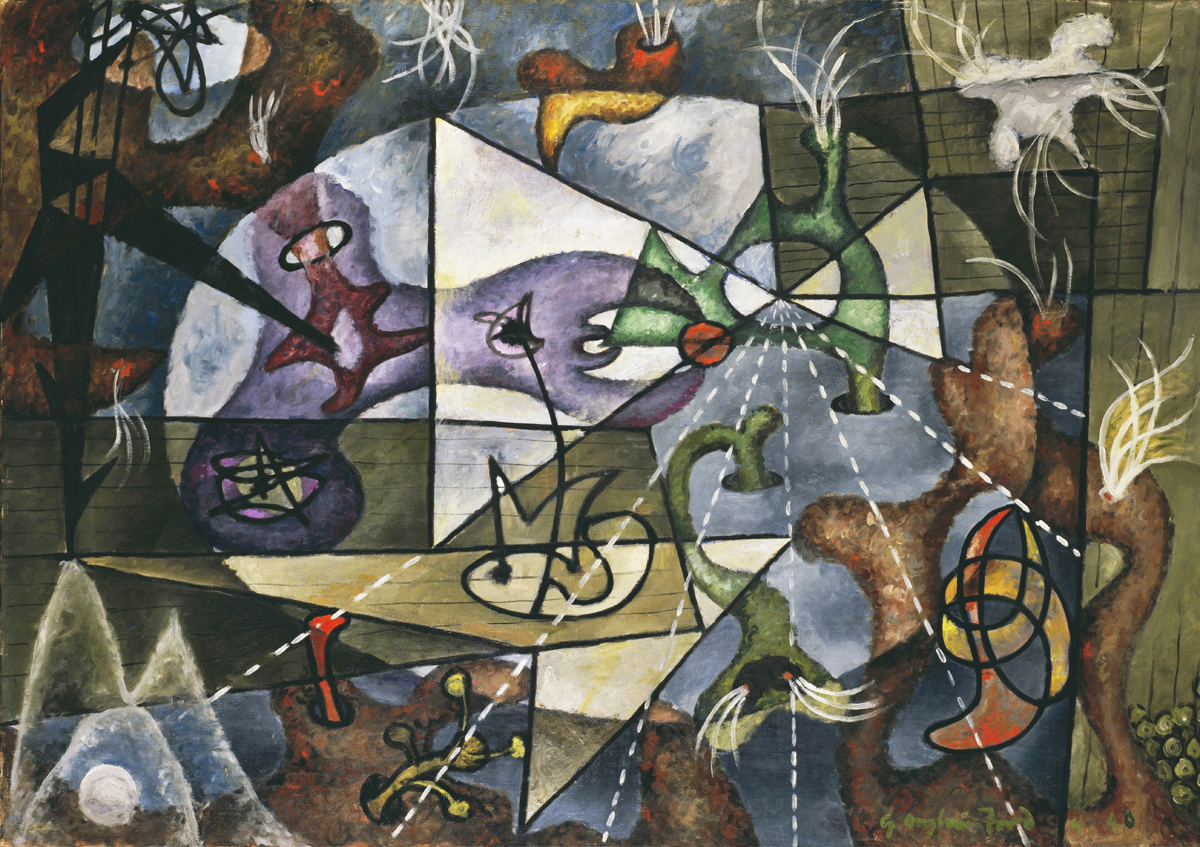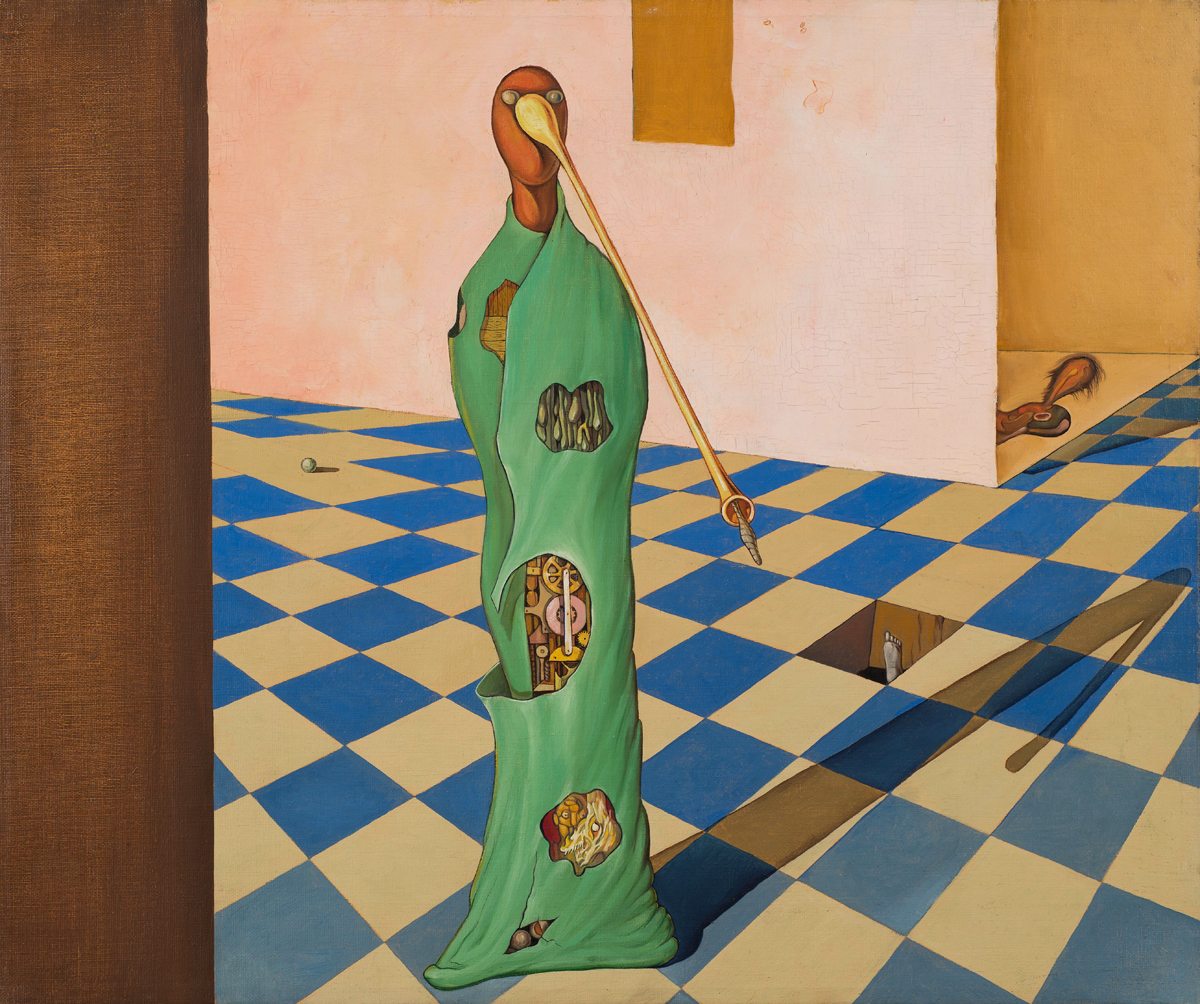'Science in Surrealism' Show
 |
|
|
 |
|
|
 |
|
|
A museum-quality show, small but choice, at San Francisco's Gallery Wendi Norris features a collection of Surrealist canvases and related works and includes paintings by some men who were prominent members of the Bay Area's post-World War II artistic and Bohemian circle.
'Science in Surrealism' remains up through August 16, a significant run, unusual for a commercial gallery, since it opened in mid May. The gallery is at 161 Jessie Street, in the shadow of the Palace Hotel.
The exhibit claims to be "the first exhibition devoted to Surrealist artists interested in investigating the scientific advances of the first half of the twentieth century."
"Through this exhibition and these works," Wendi Norris says in the gallery's press release, "we see how the Surrealist artists began to shape how we perceive the world around us based on a greater understanding of the universe, and how their explorations created one of the most significant paradigm shifts in the history of artistic production."
In the exhibit's catalog, art historian Gavin Parkinson discusses how advances in physics and other hard sciences intrigued many of the Surrealist artists, opening up to them visions of invisible worlds within worlds, nuclei, assorted particles, and hidden energies. Parkinson is the author of a full-fledged book on the subject, Surrealism, Art, and Modern Science, from Yale University Press.
It's well known of course that Surrealists were deeply influenced by one somewhat softer science, psychoanalysis.
Some of the best work in the show is by Gordon Onslow Ford, whose canvasses are filled with whirling, multiple intersecting forms that simultaneously suggest interplanetary objects, the deep sea, and life forms.
Onslow Ford, an Englishman, was part of the Dynaton group of artists that settled into Marin for a few years in the 1940s and 1950s and became part of the Sausalito scene. The leader of the Dynaton group, Wolfgang Paalen, is represented by a large but uncharacteristically abstract painting.
The show includes a small, choice, and entirely characteristic painting by Yves Tanguy, a mysterious abstracted landscape, all cloud-like and gray, with biomorphic forms exuding true personality.
And for those who simply love Surrealism for its haunting, at times amusing imagery of strange creatures in exaggerated perspective, there is Victor Brauner's 'Indicateur de l'Éspace,' dating way back to 1934 or so, when Surrealism in painting was hitting a high point and had not yet made its way into very many perfume ads.
For more on 'Science in Surrealism' show, click here.




